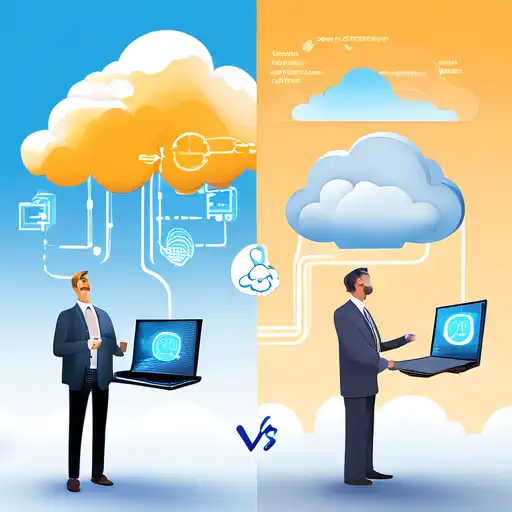Introduction to Edge and Cloud Computing
In the rapidly evolving world of technology, understanding the differences between edge computing and cloud computing is crucial for businesses and individuals alike. Both technologies play pivotal roles in data processing and storage, but they cater to different needs and scenarios.
What is Cloud Computing?
Cloud computing refers to the delivery of computing services—including servers, storage, databases, networking, software, analytics, and intelligence—over the Internet ('the cloud') to offer faster innovation, flexible resources, and economies of scale. It allows businesses to avoid or minimize upfront IT infrastructure costs.
What is Edge Computing?
Edge computing, on the other hand, is a distributed computing paradigm that brings computation and data storage closer to the location where it is needed to improve response times and save bandwidth. It is particularly useful in scenarios where real-time processing is crucial, such as in autonomous vehicles or IoT devices.
Key Differences Between Edge and Cloud Computing
- Location of Data Processing: Cloud computing processes data in centralized data centers, whereas edge computing processes data near the source of data generation.
- Latency: Edge computing significantly reduces latency by processing data locally, unlike cloud computing which may experience delays due to data transmission to and from the cloud.
- Bandwidth Usage: Edge computing minimizes bandwidth usage by processing data locally, reducing the need to send large amounts of data to the cloud.
- Security: Edge computing can offer enhanced security for sensitive data by keeping it local, whereas cloud computing requires data to be transmitted over the internet, potentially exposing it to vulnerabilities.
Choosing Between Edge and Cloud Computing
The choice between edge and cloud computing depends on the specific needs of a business or application. Cloud computing is ideal for scenarios requiring vast storage and computing power, while edge computing is suited for applications needing real-time processing and low latency.
Future Trends
As technology continues to advance, the integration of edge and cloud computing is expected to grow, offering hybrid solutions that leverage the strengths of both paradigms. This will enable more efficient, scalable, and flexible computing solutions for a wide range of applications.
For more insights into the latest technology trends, explore our technology trends section.
